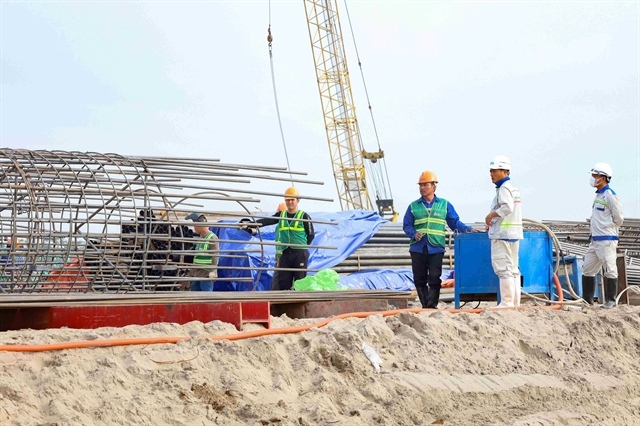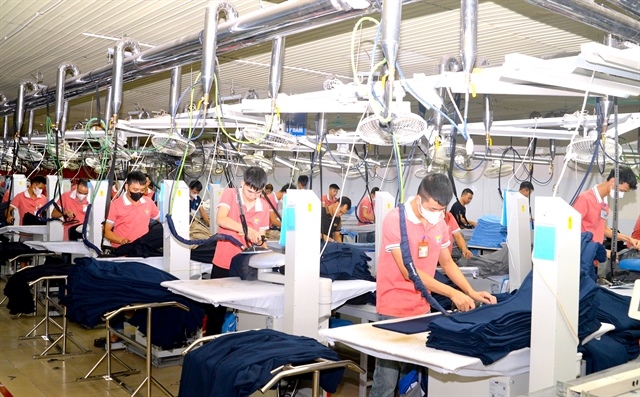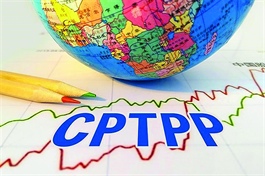Vietnam's investment in education accounts 18% of total state expenditure
Vietnam's investment in education accounts 18% of total state expenditure
The cost of tutoring high school students is the largest amount for family spending at 43%.
Vietnam's investment in education has steadily increased over the past 10 years, accounting for 18% of total state expenditure.

Le Anh Vinh, Director of the Vietnam National Institute of Educational Sciences speaks at the event. Photo: VNIES |
The information was revealed by Le Anh Vinh, Director of the Vietnam National Institute of Educational Sciences (VNIES) under the Ministry of Education and Training at the conference announcing the analysis report on Vietnam's education sector in the 2011 - 2020 period, which was organized by the Vietnam National Institute of Educational Sciences and UNESCO on August 8.
Investment in education over the past 10 years was still lower than the targeted 20%. It was equivalent to 4.9% of the country's GDP, higher than many nations in the region, according to the report.
The Ministry of Education and Training is facing many challenges in supervising education expenditure at the local level as it manages only 50 out of 42,000 educational institutions nationwide (from preschool to university).
Vinh also added that the average budget spending per preschool and high school student is relatively equal. However, the average budget expenditure per student at the university level remains low compared to other countries. The percentage of pupils and students who are exempt from tuition fees in secondary and secondary schools, and professional and university institutions remains low.
On average, the households contribute about 24% of the total cost of schooling (kindergarten, primary, and high school). The expense tends to increase in each grade, of which the tutoring of secondary school students takes up the largest amount of household expenditure with 43%, which is followed by tutoring spending for secondary school students with 42% and 32% for primary pupils.
The report revealed that Official Development Assistance (ODA) for Vietnam has gradually decreased since the country became a low-middle-income country in 2015. However, ODA for education and training has remained relatively stable, at about US$130 million per year (according to the Organization for Economic Cooperation and Development (OECD) data), mainly for scholarships at the university level and vocational education.
According to the Vietnam National Institute of Educational Sciences, over the past 10 years, Vietnamese education from preschool to university has achieved good results.
The country has completed the universalization of 5-year-old preschool education since 2017. The percentage of children attending school is increasing.
The OECD Program for International Student Assessment (PISA) showed that the country's primary and higher educational levels have achieved high results.
However, in the last 10 years, Vietnam’s higher education was still far below other countries in the region.
























